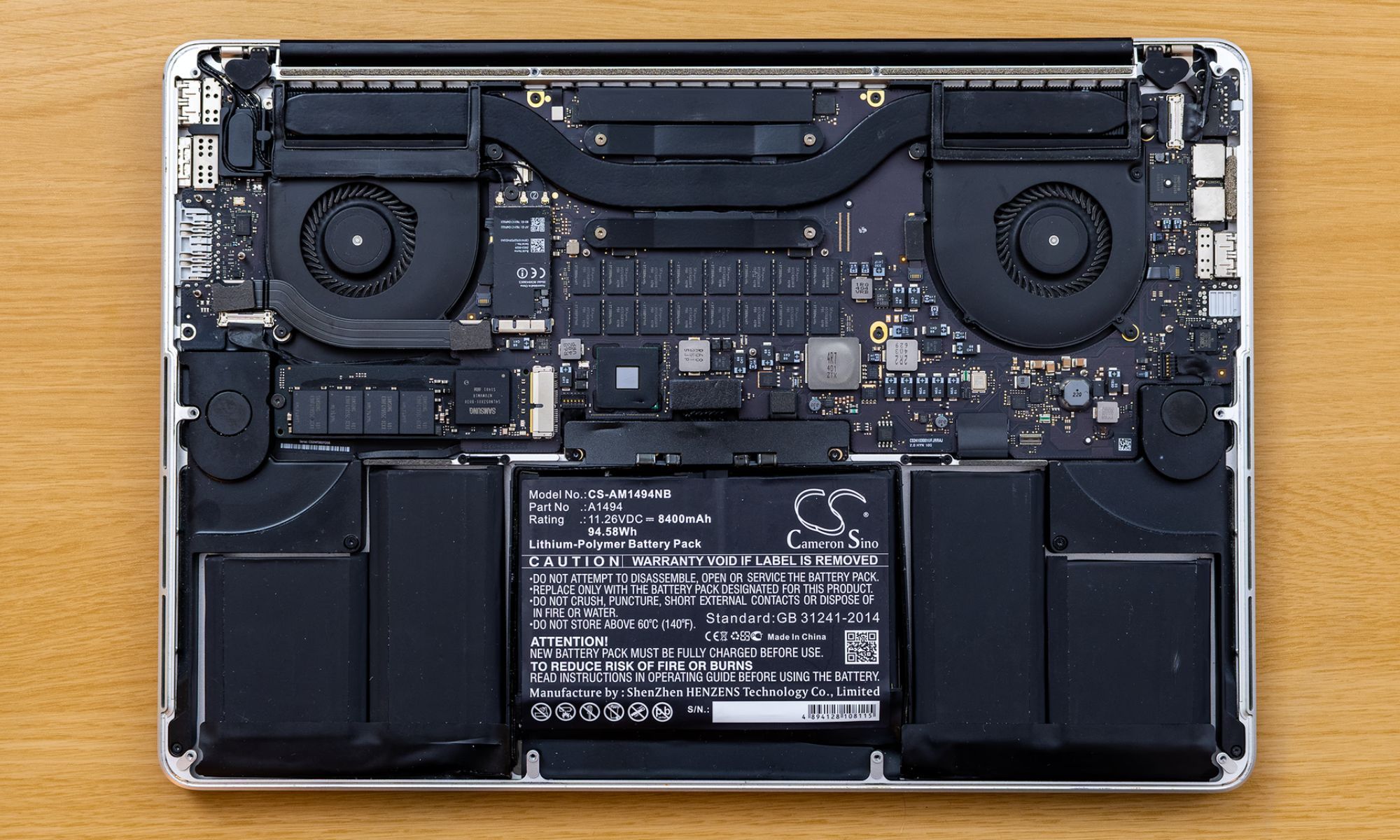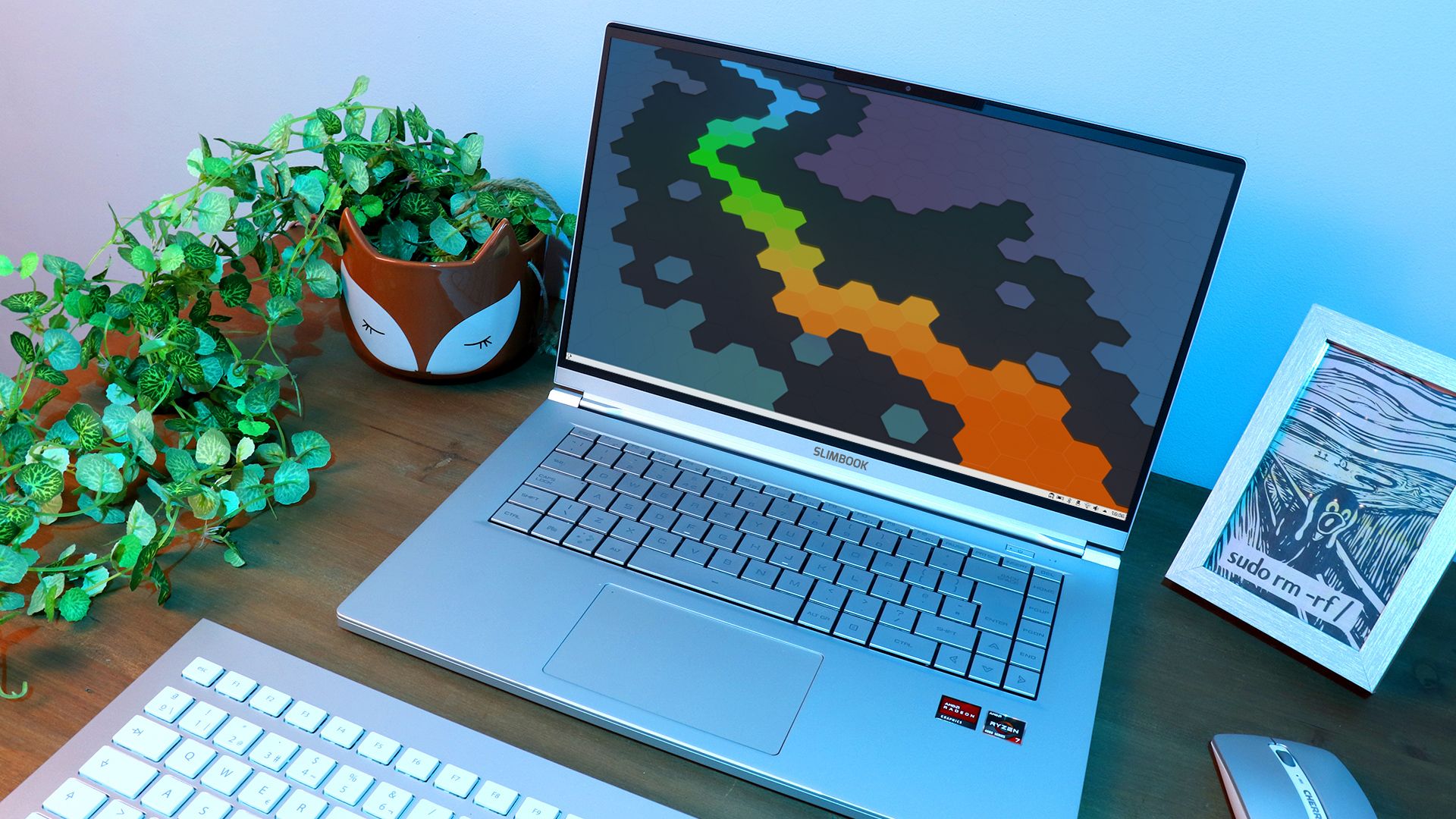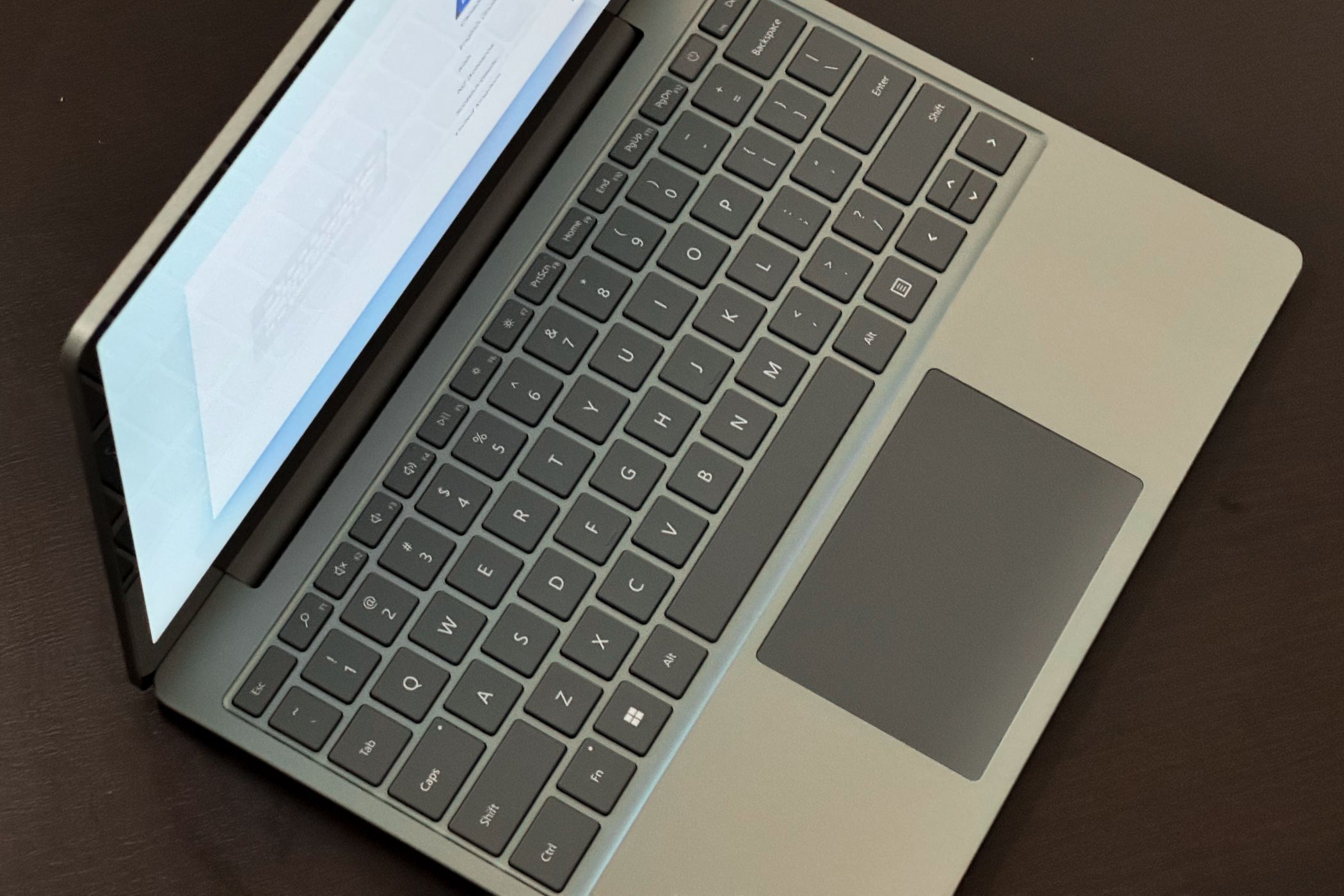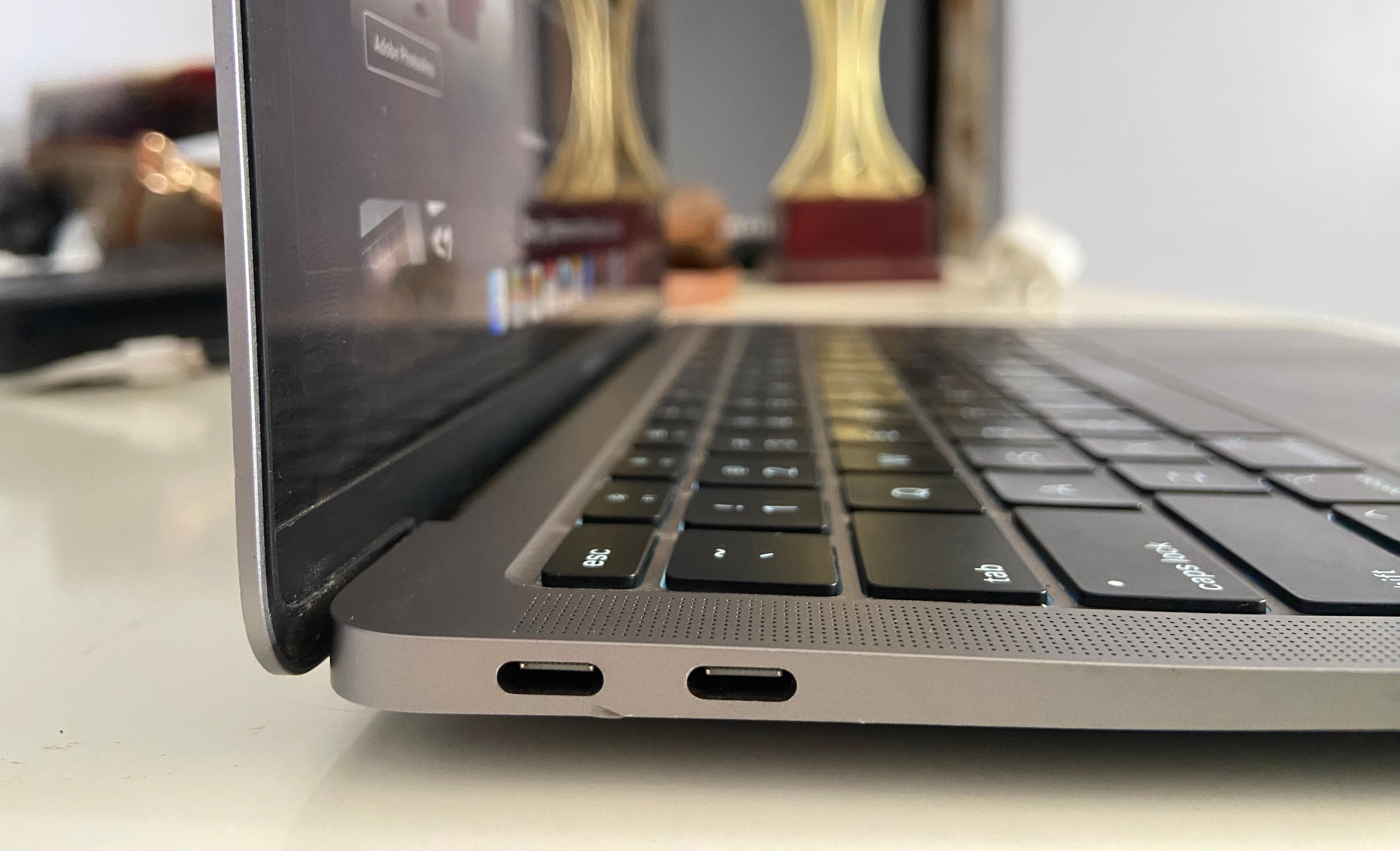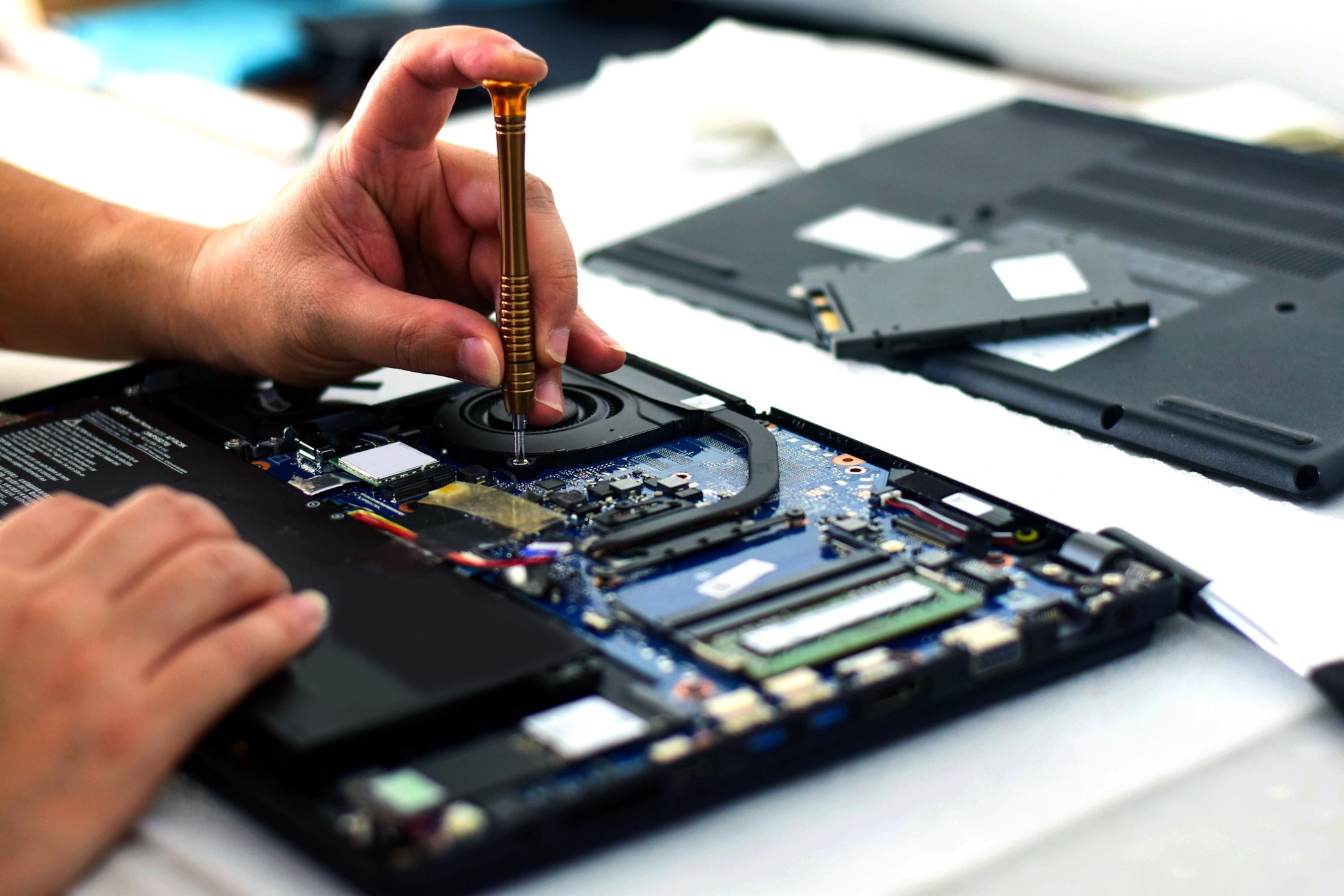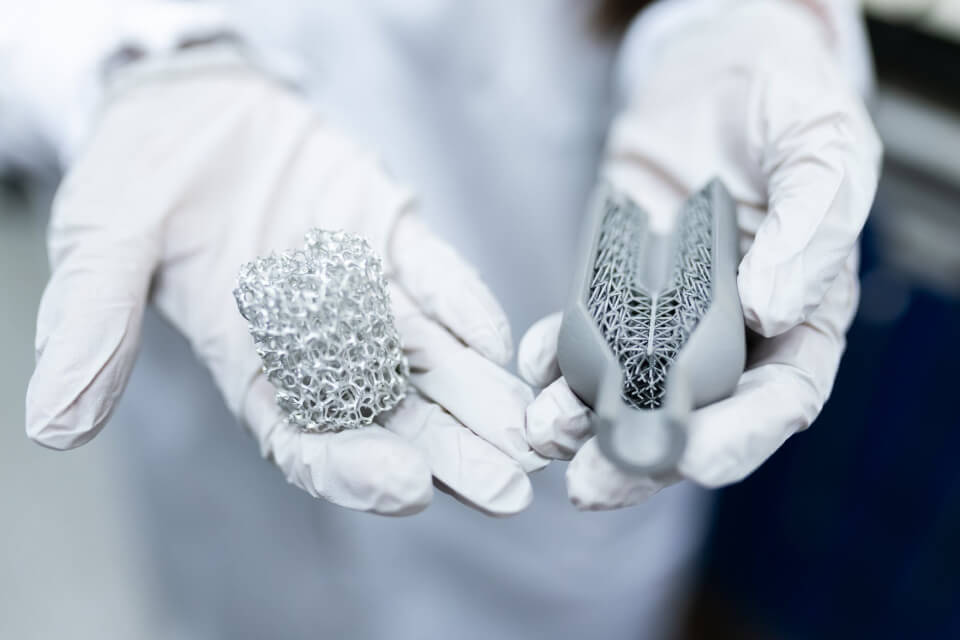Thin, light laptops promise power and portability, but they rarely live up to the hype. What seems like a smart design often leads to unexpected frustration, and I’m done trusting it when much better options are available.
5
They Have Smaller Batteries
A smaller laptop means a smaller battery. Manufacturers compensate with efficient chips and software optimizations, but there’s a hard limit on how much they can do.
For example, the 2024 Dell XPS 13 has excellent battery life for its size, but it still can’t compete with a MacBook Pro 16-inch, which physically has more room for a bigger battery. Ultraportables often perform well in light tasks like web browsing, but under sustained workloads like video editing, their batteries drain much faster than their bulkier counterparts.
4
Thin Designs Sacrifice Performance
Smaller chassis mean less cooling space, limiting how much power a laptop can use before it gets too hot.
Apple’s MacBook Air M2, for example, is completely fanless. This keeps it silent but also means it throttles performance under heavy workloads like video editing or gaming. While this issue is sometimes overstated, it’s still a limitation. Fan-equipped ultrabooks like the Dell XPS 13 and HP Spectre x360 fare better, but their compact cooling systems still struggle with sustained performance, often leading to thermal throttling.
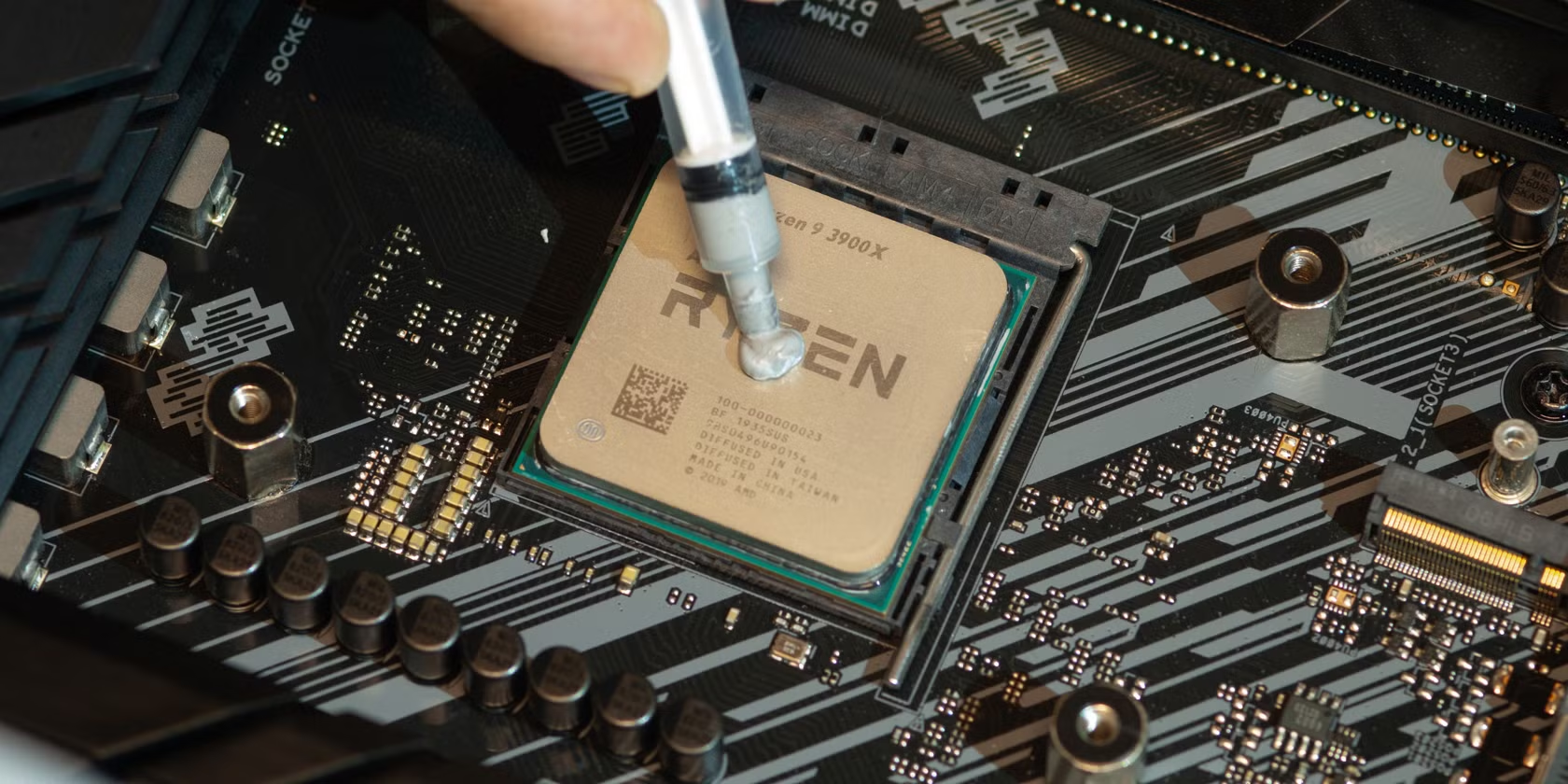
Related
What Is CPU Thermal Throttling and How Does It Affect Performance?
If your CPU gets too hot, it won’t work properly.
Newer chips like Intel’s Core Ultra, Apple’s M3 and M4, and Qualcomm’s Snapdragon X Elite have improved efficiency, but even they can’t bypass the basic issue: thinner laptops simply can’t sustain high performance for long periods without heating up and slowing down.
3
Keyboards and Trackpads Suffer in Thin Laptops
When manufacturers chase ultra-thin designs, keyboards and trackpads often suffer. Limited space means shallow key travel, which results in a flat, unsatisfying typing experience.
Apple’s butterfly keyboard issue is the best example. It was designed to be ultra-thin, and it was infamous for sticky keys and frequent failures. While newer models have improved, many thin laptops struggle with key feel and durability.
Trackpads also suffer. Due to space constraints, some thin laptops have stiff or unresponsive trackpads, making gestures and clicks less precise. A bad keyboard or trackpad might seem minor, but for anyone who types a lot, it can be a daily frustration.
2
Limited Ports Mean More Dongles
Thin laptops don’t just cut weight; they cut ports. To keep things sleek, manufacturers strip away essential ports, leaving users dependent on dongles and adapters.
For example, the MacBook Air M1 I’m writing this article with has just two USB-C ports and a headphone jack. Want to connect an external monitor, charge your laptop, and use a USB drive at the same time? You’ll need a hub.
Meanwhile, thicker laptops like the Lenovo ThinkPad X1 Extreme or MacBook Pro 16-inch still offer a mix of ports (USB-A, HDMI, and even SD card readers), making them far more versatile for professionals.
Dongles aren’t just inconvenient; they’re another thing to buy, carry, and potentially lose. And if you forget one at the wrong time, you’re stuck.
1
Repairability Is a Problem
Ultra-thin models feel like disposable machines. Not because they are cheap but because they are built to be replaced rather than repaired. Many have soldered components, meaning RAM and storage are permanently attached to the motherboard. Upgrading isn’t an option if you need more memory or a bigger SSD later. Instead, you’re forced to replace the entire machine.
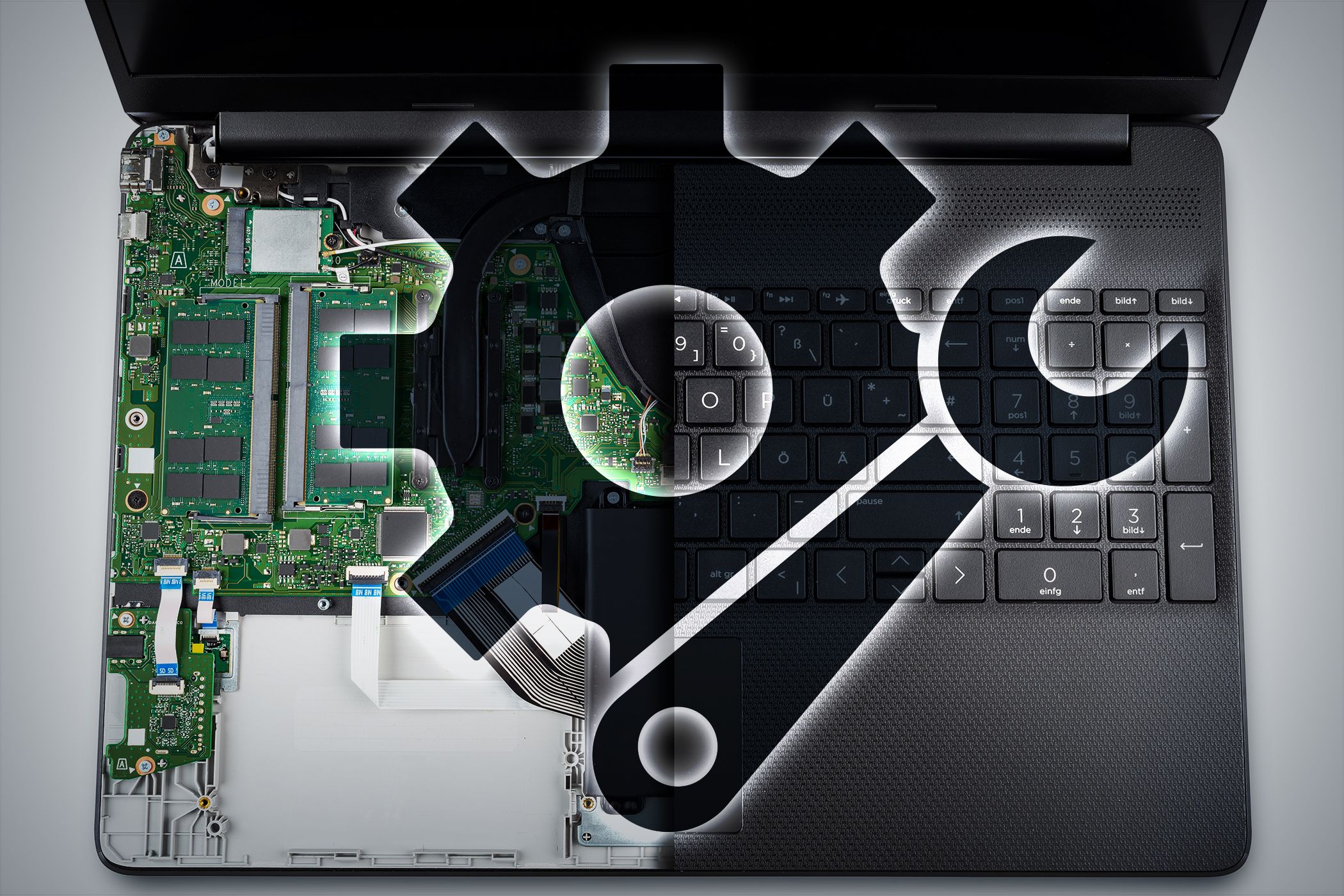
Related
Know if a Laptop Is Easy to Repair: Check These 5 Features Before Buying
Knowing whether your laptop is easy to repair can save you some serious pennies in the long run.
Battery replacements can also be frustrating. Some models glue the battery in place instead of using screws, making it more difficult and expensive to swap out once it degrades. On top of that, some manufacturers restrict third-party repairs, requiring users to go through their official service centers.
Thin laptops look sleek, but they come with too many trade-offs. They overheat, struggle with battery life, sacrifice performance, and often feel disposable due to poor repairability. Add shallow keyboards, limited ports, and dongle headaches, and the appeal fades even further.
That’s why I’ve stopped trusting thin, light models. Sometimes, a little extra bulk is worth it.


